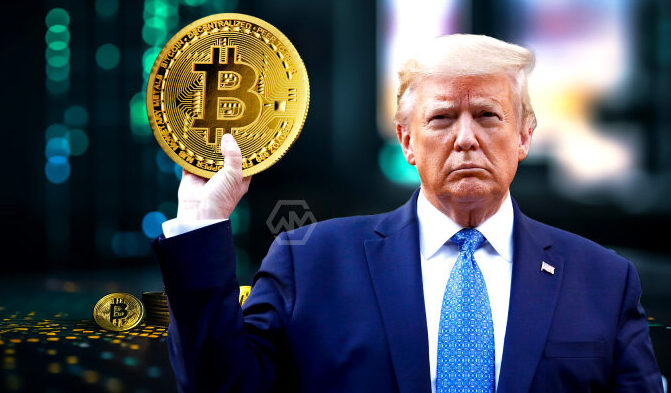Crypto Price
Whale exits XRP and ETH longs: Not surprisingly, but strategically, a prominent whale on Hyperliquid, a distributed perpetual futures trading platform, recently terminated significant long bets in XRP and Ethereum (ETH). This evolution has rocked the crypto trading industry, raising issues concerning market mood, technical indications, and general macroeconomic causes.
Knowing the reasons behind such large-volume trading would enable institutional players and ordinary investors to make wise decisions. This post will analyse the justification for the whale’s behaviour, investigate how XRP and Ethereum might be impacted, and relate it to more general DeFi and crypto market developments.
The Hyperliquid Whale is who?
Although the exact identity of the whale remains pseudonymous—common decentralised finance (DeFi)—on-chain data from Arkham Intelligence and Hyperliquid’s trading platforms leads to a wallet address that routinely ranks in the top percentile by volume. The whale has shown a history of profitable, highly timed entries and exits on significant assets, including Bitcoin, Solana, and Chainlink. With millions of open interest, this whale has evolved into a creature that traders looking for alpha should find worth tracking. Whale behaviour sometimes reflects clever algorithms linked to market-moving signs or insider knowledge.
Why the Whaler? Close XRP and ETH Longs
Technical analysis, on-chain data, and changes in market structure seem to be the factors behind the choice to close both XRP and ETH long positions. The time fits multiple vital events:
Drop in funding rates and open interest
According to Coinglass and Hyblock Capital data, open interest in Cryptocurrency Market perpetual futures on Hyperliquid and other major DEXS shows a sharp drop. This implies that leveraged traders are either liquidated or closing positions independently. Funding rates started to settle after becoming ever more favourable during the preceding week. Historically, wise money generally leaves expecting a reversal or correction when funding becomes overly weighted toward longs.
On-chain signals start to turn bearish
Glassnode data on Ethereum revealed a spike in ETH inflows to exchanges, mostly at Binance and Coinbase. This is usually a pessimistic indicator that investors might be getting ready to sell instead of holding. Analogously, Santiment data revealed stationary network activity and diminishing whale accumulation for XRP. This fits a declining conviction in the short-term upward potential of both assets.
Macroeconomic Pression
The crypto space is not a vacuum. Stronger-than-expected job market data and the hawkish attitude of the U.S. Federal Reserve in recent remarks have sparked worries about sustained higher interest rates once more. Both XRP and Ethereum are risk-on assets. Hence, they are prone to negative sentiment when conventional markets go wild.—The DXY (U.S. Dollar Index) spike to 106.5 provided even more negative influence on crypto markets.
Technical Resistance Zones
Rejecting several times with high-volume sell-offs, Ethereum lately fell short of breaking the $3,101 barrier mark. At,0,.55 XRP also encountered strong opposition and struggled to keep momentum following a brief surge. These critical zones correspond with the whale’s leaving, implying that the positions were closed to maximise gains before a probable correction.
What It Means for Ethereum and XRP Holders

In the long term, the whale’s choice to sell long holdings does not inevitably indicate the end of bullish momentum for XRP and Ethereum. Instead, it shows a read-through responding to overbought situations and near-term hazards. Smaller investors and retail traders can read this as a caution to be careful with leverage and closely observe market structure.
Regulatory questions remain surrounding XRP. Though Ripple achieved some successes against the U.S. Securities and Exchange Commission (SEC) in 2023, investor mood is still in constant flux due to continuous legal uncertainty. XRP will probably show choppy price activity and sentiment-driven volatility until a clear answer is given.
Ethereum’s foundations are still robust, particularly with EIP-4844 (Proto-Danksharding) and Layer 2 ecosystem development. However, given superior risk-free returns from Treasuries and Treasury markets, institutional demand has somewhat waned. Reduced ETH staking rates have also caused some whales to reallocate their cash to other high-yield DeFi protocols.
Hyperliquid: DeFi Trading’s Rising Force
Hyperliquid’s trading venue choice is noteworthy in and of itself. Designed on a bespoke Layer 1 solution ideal for perpetuals, Hyperliquid has quickly become popular for its zero-gas, low-latency, high-liquidity trading interface. Its increasing total value locked (TVL) and trading volumes show its attraction to sophisticated traders, including whales.
Hyperliquid gives whales more control over slippage, order book depth, and settlement risks by offering transparency in trade execution and non-custodial margin trading platforms. Since withdrawal and re-entry are frictionless, the platform’s design might promote short-term tactical trades like the one below.
The Greater Effects on Crypto Market Mood
Significant departures by powerful traders sometimes set off a chain reaction. Many smaller wallets likewise cut their exposure as the whale closed long holdings. This confirmed whales’ psychological influence on more general market players since it somewhat lowered XRP and ETH values.
Therefore, it is crucial to differentiate between profit-taking techniques and fear-based departures. In this sense, the whale’s behaviour seems more pragmatic than emotional. Many analysts think the market is just going through a bit of adjustment within a longer-term bull cycle. Ethereum ETFS is mainly on its way; therefore, XRP might gain more from its use in cross-border payments via RippleNet alliances.
And what should traders do right now?
The most critical factors are context and caution. Rather than mindlessly copying whale behaviour, traders should concentrate on a convergence of signals. Tools such as IntoTheBlock, Lookonchain, and CryptoQuant can help identify trends in financial flows, social mood, and network health.
Watch Ethereum for support around the $2,800 mark and track staking deposit flows. The $0.50 psychological mark is still absolutely vital for XRP. At the same time, a recovery supported by volume might inspire confidence, but a break below could generate more negative sentiment.





















